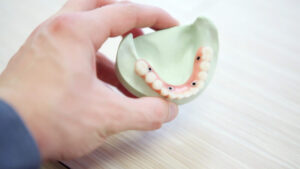
Tartar And Plaque:Remove Methods Without A Dentist
Tartar and plaque, known as dental calculus, form on teeth when plaque accumulates and starts to harden. Not only is tartar visually unappealing, but it
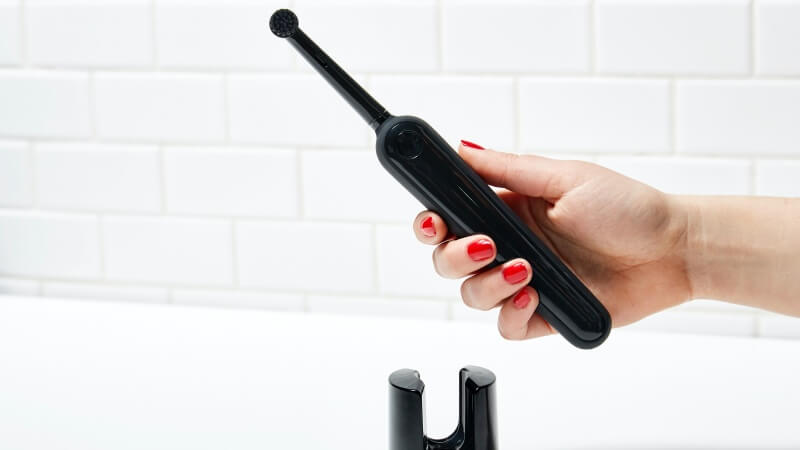
Have you learned how to use an electric toothbrush? It’s crucial to know not just for electricity but for any toothbrush type.
Even though electric toothbrushes can outperform manual ones, their effectiveness hinges on proper usage.
If your technique is lacking, no toothbrush can guarantee a thorough cleaning.
Let’s dive into the basics, highlighting the pros and cons of electric toothbrushes.
Pros
Cons
To brush your teeth effectively, you’ll need toothpaste with fluoride and a good toothbrush. While there are many options, a basic model with efficient movement is sufficient. You don’t need a brush with numerous features; even simpler designs can be highly effective. Just look for one that suits your needs!
The route your brush takes in your mouth mirrors that of a manual toothbrush.
Position the brush at a 45-degree angle, applying gentle pressure, and linger on each tooth for 3 to 5 seconds.
Begin at the outer surface of your upper right molars, brushing all along the outer edges to your upper left side. Then, navigate the brush to the inner surfaces, starting from the left rear molars to the right.
Next, move to your lower teeth, initiating from the inner right side, progressing to the left, and then from the outer left side back to the right.
Next, focus on the chewing surfaces by applying slightly more pressure.
It’s unnecessary to rinse after brushing; simply spit out the excess toothpaste. Conclude your routine by cleaning your tongue, starting from the back and moving towards the tip.
Most electric toothbrushes are equipped with a two-minute timer, which is generally sufficient for a complete brushing session. However, if you need extra time to thoroughly clean each tooth, feel free to take it. Additionally, many models feature a red light indicator to warn if you’re exerting excessive pressure, so keep an eye on that as well.
A frequent error in toothbrushing is a lack of consistent technique, such as randomly moving from the bottom to the top teeth and back. Effective brushing should be systematic, ensuring each tooth receives equal attention.
Floss before brushing to remove plaque that fluoride can’t penetrate. This ensures more effective protection for your teeth.
Avoid rinsing post-brushing to keep the beneficial ingredients of toothpaste active in your mouth.
Monitor your brushing pressure to prevent excessive scrubbing.
Opt for a medium-textured toothbrush for balanced cleaning.
Fluoridated toothpaste is recommended for its protective properties.
Regularly replace your toothbrush or electric toothbrush head, ideally every three months.
Steer clear of battery-powered brushes as they may lack the necessary power and durability.
Aim to brush for a full two minutes to ensure comprehensive cleaning.
Additionally, consider the timing of your brushing. It’s ideal to brush your teeth before breakfast and before going to bed to maximize oral hygiene and protect your teeth throughout the day and night.
Proper care and maintenance of your toothbrush are crucial for oral hygiene. Here are some tips to ensure your toothbrush remains in top condition:
In summary, understanding how to use an electric toothbrush effectively is key to maintaining oral health.
By following these guidelines and tips, you can optimize your brushing technique, ensure proper maintenance of your toothbrush, and achieve the best results for your dental hygiene.
Remember, the right approach with an electric toothbrush can significantly enhance your oral care routine. Stay committed to these practices, and you’ll be well on your way to a healthier, brighter smile.
Can I use my electric toothbrush without toothpaste for quick cleaning?
While using toothpaste is recommended for effective cleaning and fluoride benefits, in a pinch, a dry brush with your electric toothbrush can help remove some surface debris.
How often should I charge my electric toothbrush?
This depends on your model. Most electric toothbrushes indicate when they need charging. It’s good practice to charge it after a few days of use or when the battery indicator suggests.
Is it safe to use an electric toothbrush with braces?
Yes, electric toothbrushes can be safely used with braces. They might even be more effective at cleaning around brackets and wires compared to manual toothbrushes. Just ensure you use a compatible brush head.
What’s the best way to travel with an electric toothbrush?
When traveling, use a protective case for your electric toothbrush. If your model doesn’t include a travel case, ensure the brush head is covered and the toothbrush is stored safely to prevent accidental activation.
Can children use electric toothbrushes?
Yes, children can use electric toothbrushes, and there are specific models designed for kids. These often include smaller brush heads, softer bristles, and fun designs to encourage proper brushing habits. However, supervision is recommended, especially for younger children.


Tartar and plaque, known as dental calculus, form on teeth when plaque accumulates and starts to harden. Not only is tartar visually unappealing, but it
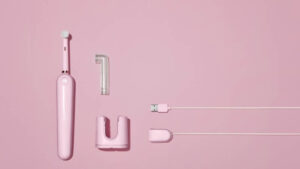
We are often contacted by customers complaining about a Sonicare toothbrush not charging. A charging issue is a common problem and can sometimes be misdiagnosed

Opting for an electric toothbrush for sensitive teeth can help alleviate discomfort and further protect against gum recession. But which model is ideal for those
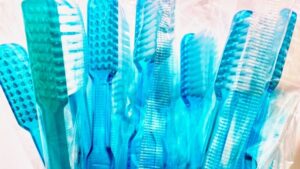
Knowing how often change toothbrush head is crucial, just like replacing a manual one. The electric brush may last, but its head won’t remain effective
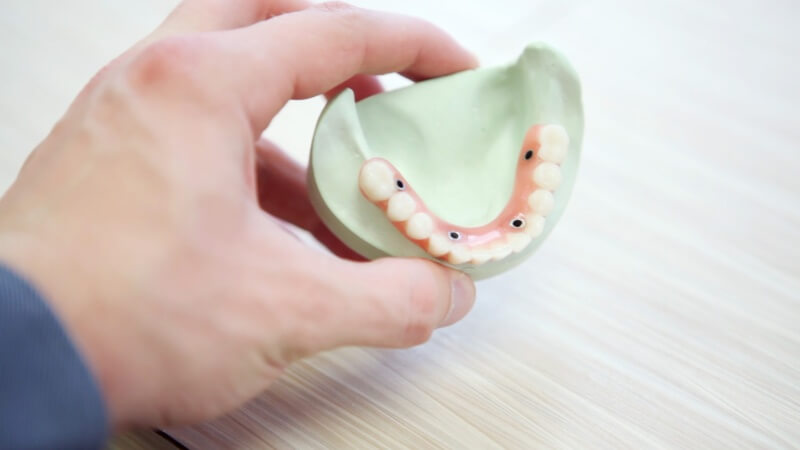
Tartar and plaque, known as dental calculus, form on teeth when plaque accumulates and starts to harden. Not only is tartar visually unappealing, but it
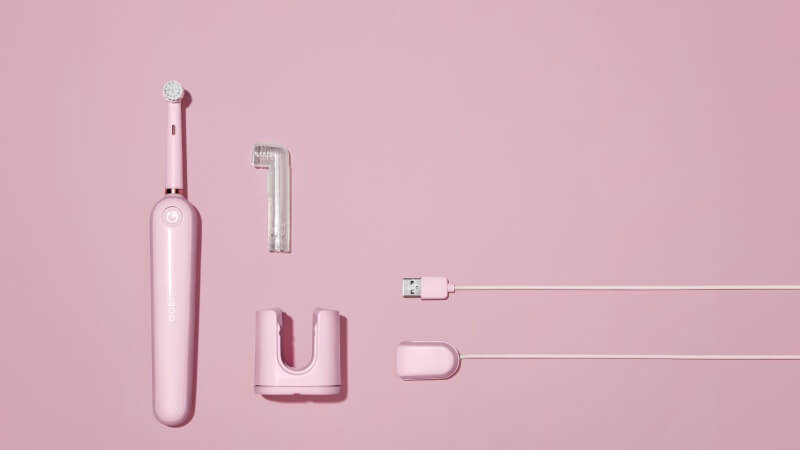
We are often contacted by customers complaining about a Sonicare toothbrush not charging. A charging issue is a common problem and can sometimes be misdiagnosed

Opting for an electric toothbrush for sensitive teeth can help alleviate discomfort and further protect against gum recession. But which model is ideal for those

Have you learned how to use an electric toothbrush? It’s crucial to know not just for electricity but for any toothbrush type. Even though electric
Copyright © 2025 toothbrushsanitizerholder. All Rights Reserved.